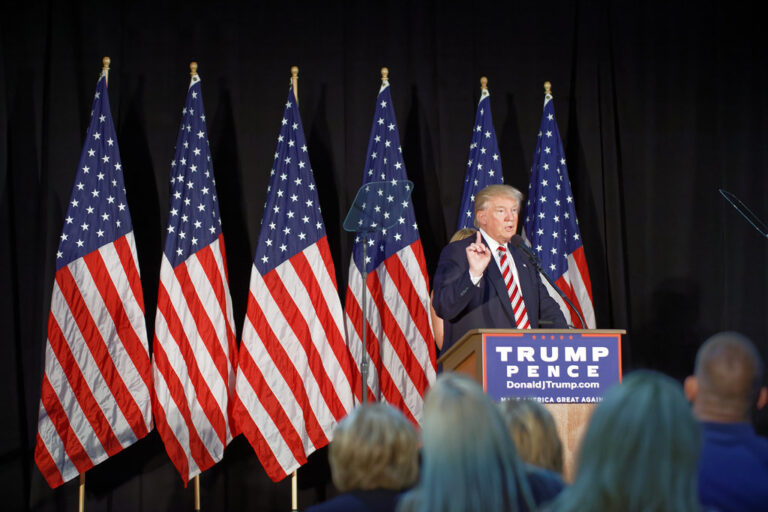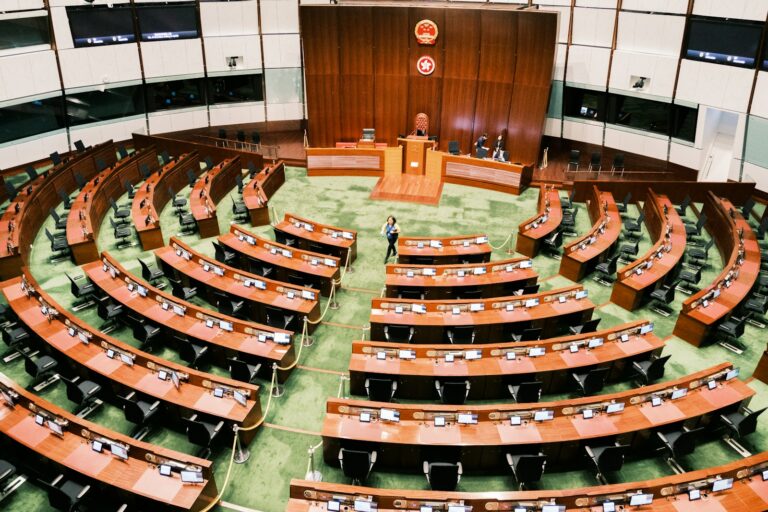Key Takeaways
– Senate will hold pro forma sessions every three days during August
– This move stops the president from making recess appointments
– Trump supporters are furious and call GOP leaders RINOs and traitors
– Senators Murkowski and Collins appeared to back the measure
– Social media buzzed with strong criticism and plans for primaries
What Are Pro Forma Sessions
First, pro forma sessions keep the Senate technically in session. Next, the Senate agreed to meet every three days in August. Then, this schedule means no official break. As a result, the president cannot make recess appointments. These sessions only last a few minutes. Still, they count as Senate days. Thus, the door closes on any recess picks until September.
Why This Move Matters
Recess appointments let a president fill key roles without Senate approval. However, this power only works when the Senate is not in session. Now, with pro forma sessions, the Senate stays open. Consequently, the president cannot bypass the normal confirmation process. This matters because some nominees face tough battles in the Senate. Without recess appointments, they must wait for full votes when the Senate returns.
MAGA Supporters Hit Back
Immediately, Trump supporters reacted with anger. They called Senate leaders who backed the move traitors or RINOs. One post said these lawmakers did not have the president’s back. Another user urged voters to primary Senator Thune in 2028. Criticism also fell on two GOP women senators. They smiled and nodded behind Thune when he made the motion. For many on social media, that moment symbolized betrayal.
Loud Voices, Strong Words
Outrage came from all corners of the MAGA base. Some claimed Thune had no principles and violated conservative values for years. Others argued the so called “institutional concerns” were weak excuses. One prominent conservative voice noted past presidents used recess appointments freely. Now, they asked why this move felt like a coordinated blockade. Remarks on social media kept pouring in, calling for harsh political consequences.
Broader Reactions in the Senate
Meanwhile, Senate insiders say this step reflects deep worries about executive power. Supporters of the move argue pro forma sessions protect the Senate’s role in checks and balances. They note past practice has shifted from routine recess picks to full Senate votes. Also, they say this move ensures greater transparency. Critics insist it merely shifts the fight to when senators return. They predict a heated confirmation calendar in September.
What Comes Next
Looking ahead, the Senate will fully reconvene on September second. Until then, the president must wait to fill any vacancies. Trump’s team may explore legal options or challenge the validity of pro forma sessions. Still, the next few weeks will focus on messaging and mobilizing supporters. Meanwhile, senators deprived of quick recess picks must rely on usual confirmation votes.
Potential Primaries and Political Fallout
On one side, MAGA groups plan to back primary challengers against senators deemed disloyal. On the other side, party leaders warn that unity matters ahead of midterms. They argue infighting could cost important races. Thus far, no formal challenges have emerged. Yet, the threat of primaries hangs over several GOP senators. National and state groups will watch closely who stands firm and who shifts course.
Conclusion
In short, the decision to hold pro forma sessions through August has fueled a major storm among the president’s base. Supporters feel betrayed by Senate leaders who appear to side with institutional norms over party loyalty. As a result, they have labeled key senators traitors and RINOs. With September’s return date set, the battle over nominations and political loyalties will only intensify. The coming weeks promise a fierce struggle over power, process, and party unity.










